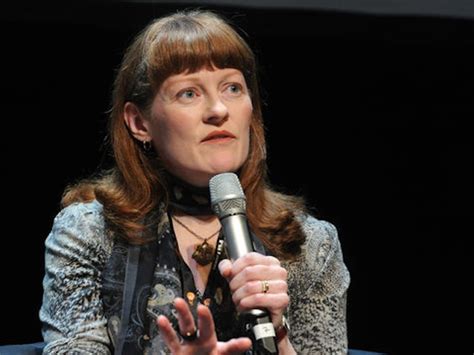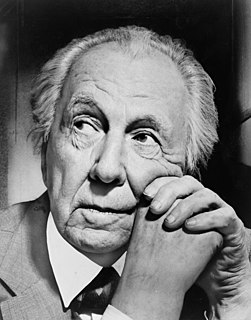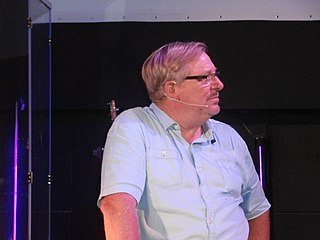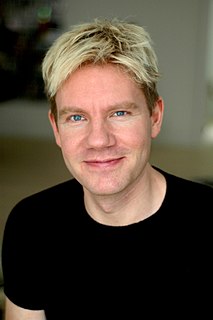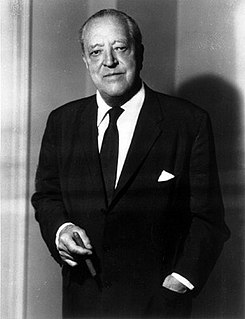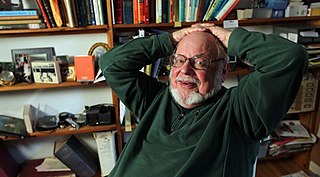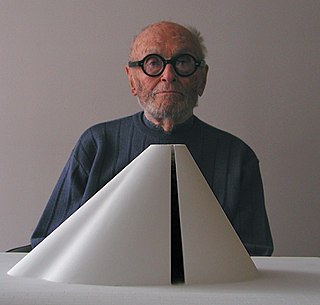A Quote by Tadao Ando
The speed of change makes you wonder what will become of architecture.
Related Quotes
At two-tenths the speed of light, dust and atoms might not do significant damage even in a voyage of 40 years, but the faster you go, the worse it is--space begins to become abrasive. When you begin to approach the speed of light, hydrogen atoms become cosmic-ray particles, and they will fry the crew. ...So 60,000 kilometers per second may be the practical speed limit for space travel.
I recognize thart even you, yourself, will change. Your ideals will change, your tastes will change, your desires will change. Your whole understandings of who you are had better change, because if it doesn't change, you've become a very static personality over a great many years, and nothing would displease me more. And so I recognize that the process of evolution will produce changes in you.
When we come to understand architecture as the essential nature of all harmonious structure we will see that it is the architecture of music that inspired Bach and Beethoven, the architecture of painting that is inspiring Picasso as it inspired Velasquez, that it is the architecture of life itself that is the inspiration of the great poets and philosophers.
Sustainability has become a religion in architecture - not that there's anything wrong with it - but I think it has to work both ways. Everyone thinks architecture has to be subservient to sustainability, but what if we thought in the other direction, like, what can sustainability do to make architecture more exciting?
An executive producer with an all-male writing staff once inadvertently revealed his deep, dark fear. While discussing a full-time position for me, he mused out loud, 'I wonder if having a woman in the room will change everything.' Of course, what he really meant was: 'I wonder if having a woman in the room will change me.'
The SEALs place a premium on brute strength, but there's an even bigger premium on speed. That's speed through the water, speed over the ground, and speed of thought. There's no prizes for gleaming a set of well-oiled muscles in Coronado. Bulk just makes you slow, especially in soft sand, and that's what we had to tackle every day of our lives, mile after mile.
Repel the thought, for if you don't, it becomes an idea. So repel the idea, for if you don't it will become a desire. So fight against that(desire), for if you don't, it will become a determination and a passion. And if you don't repel that, it will become an action. And if you don't replace it with its opposite, it will become a constant habit. So at that point, it will be difficult for you to change it.



